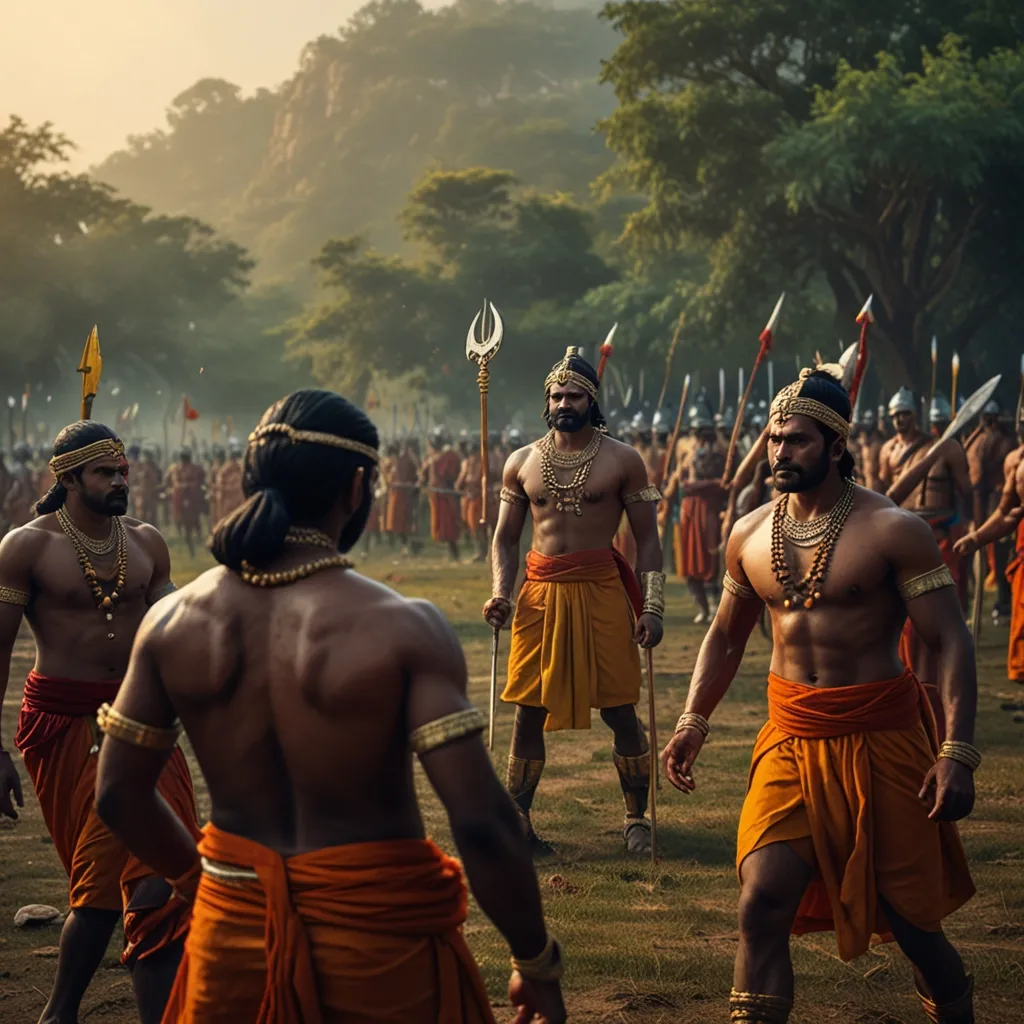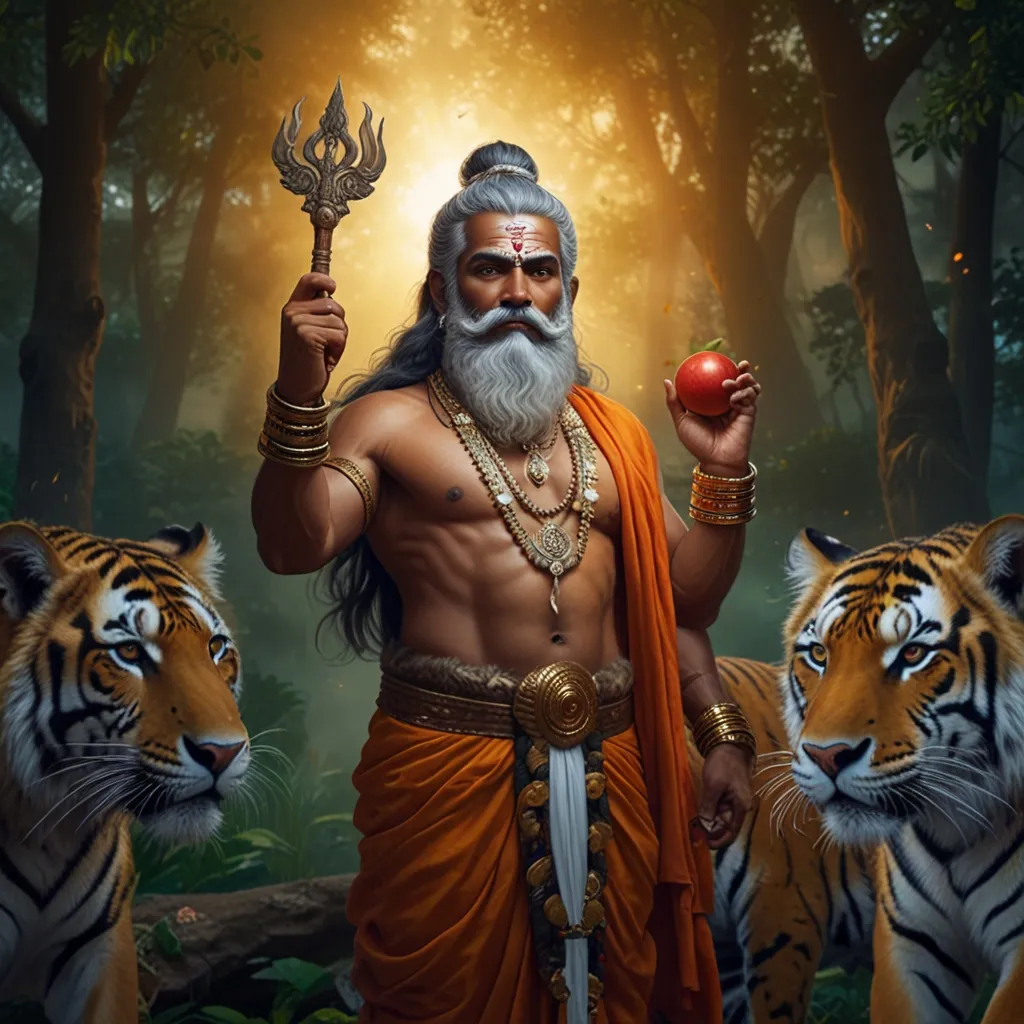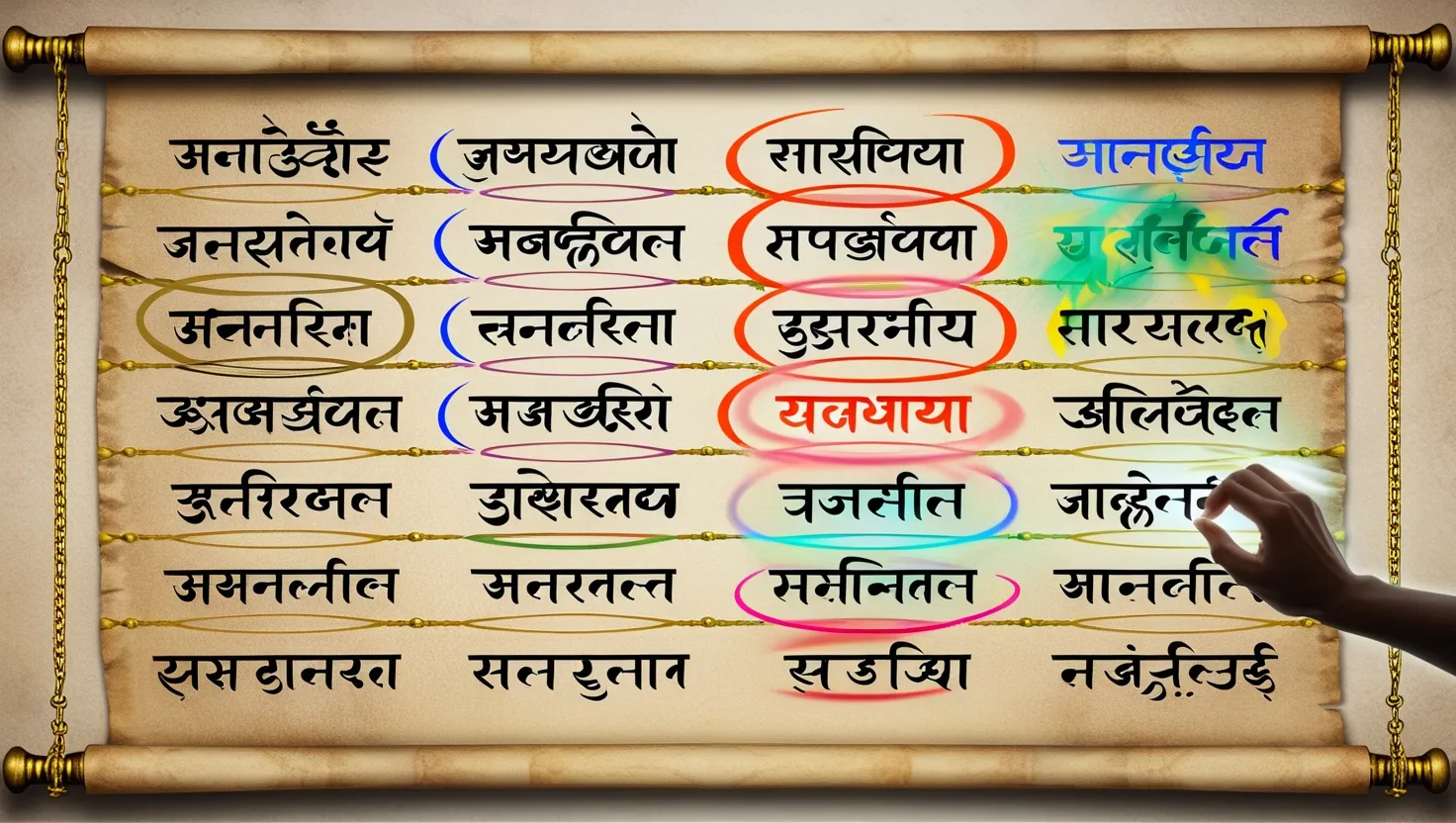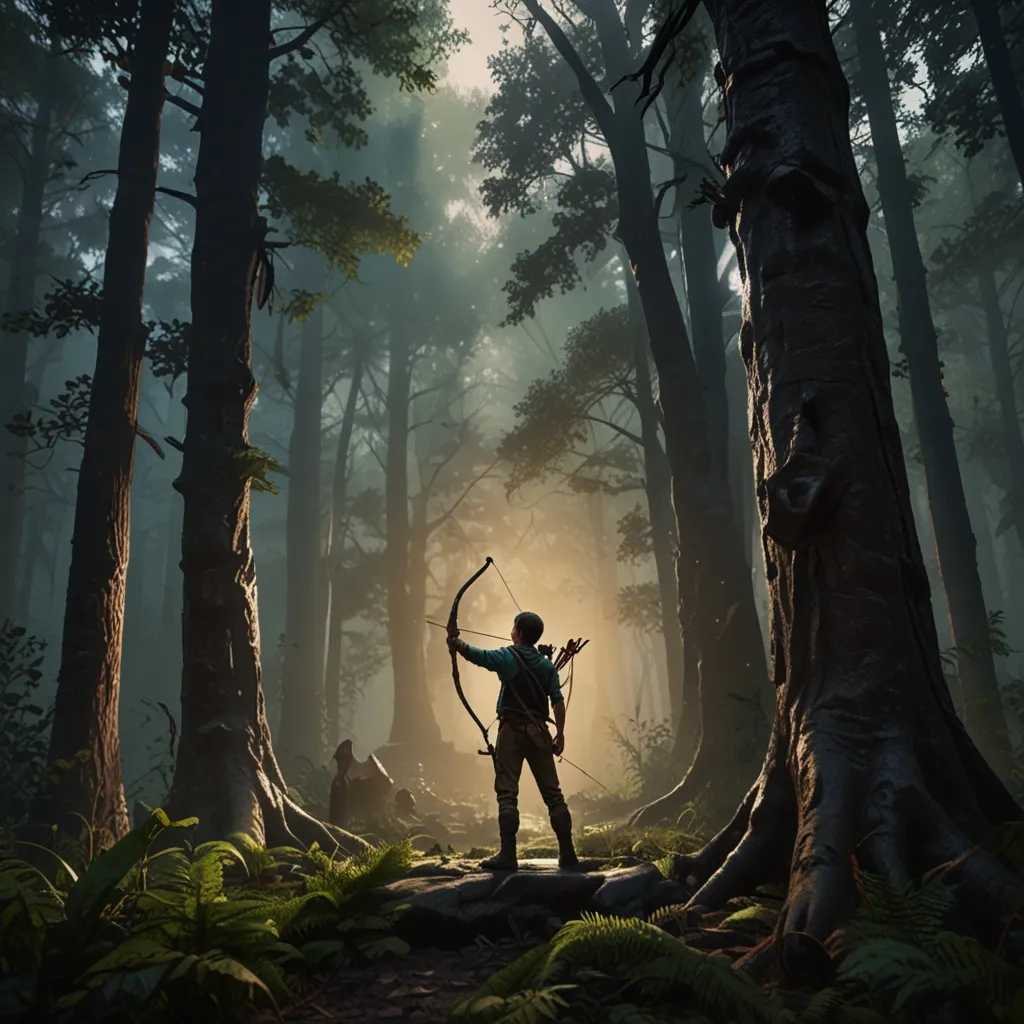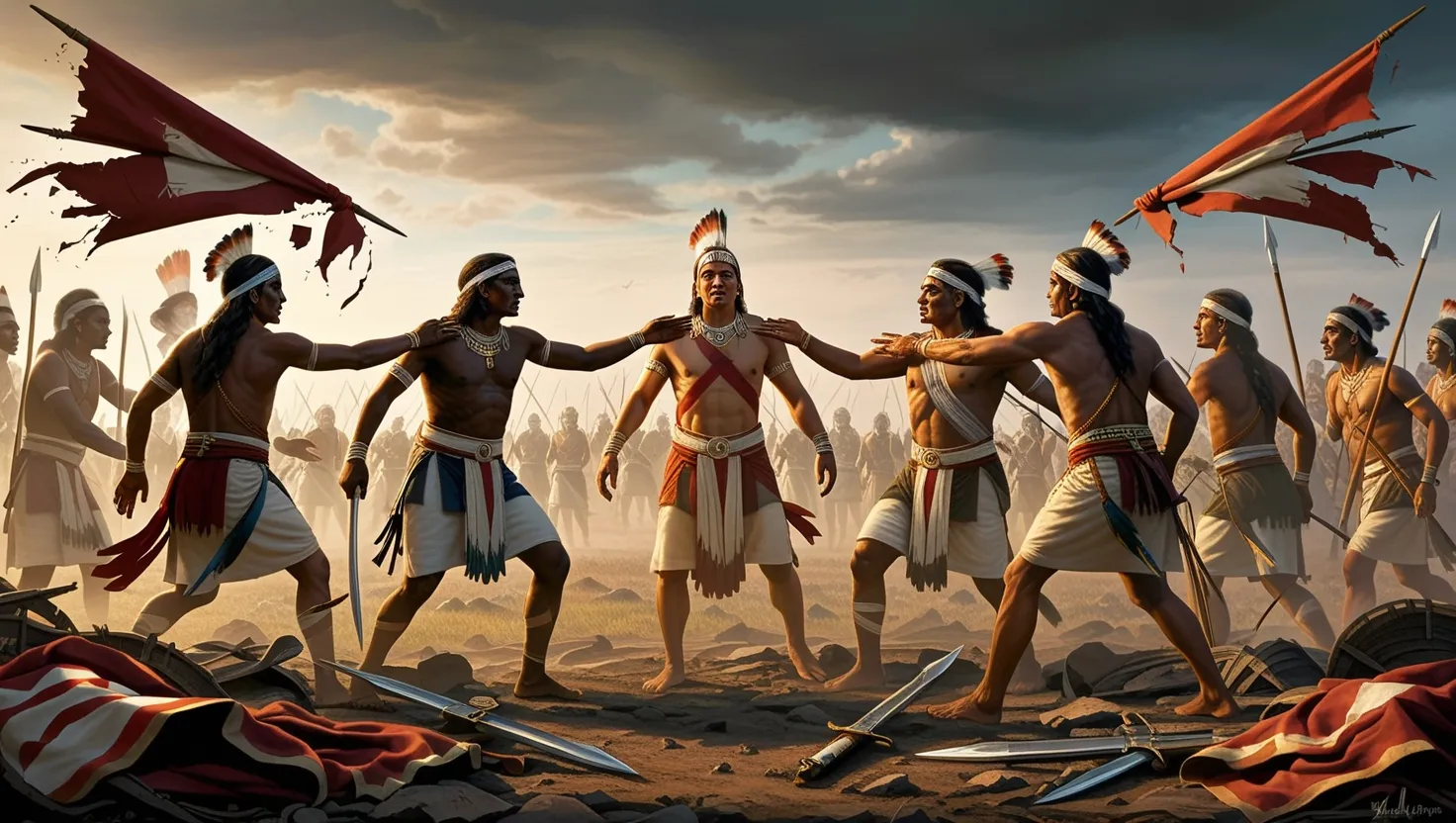Growing up in Hastinapura was nothing short of legendary for the Pandavas and Kauravas. Their childhoods were filled with laughter, swordplay, and a brewing rivalry that would eventually shape the fate of an entire kingdom. The backdrop of their youth was set in the grand old city, where they didn’t just learn to wield weapons but also absorbed lessons on duty, honor, and righteousness from their elders.
A constant figure watching over the young princes was Bhishma. He wasn’t just any guardian; he was a powerhouse of wisdom and strength. Bhishma had taken a vow of celibacy, dedicating his entire life to the well-being of the kingdom and its people. His presence was a daily reminder of the high values the young princes needed to live by.
The Pandavas had an unusual beginning, born to King Pandu who had retreated to the forest with his wives, Kunti and Madri. Pandu, a king known for his fairness and simplicity, preferred the calm of the forest over the grandeur of palace life. Thanks to the intervention of various gods, his sons were born endowed with special virtues. Yudhishthira, calm and just, was born from Dharma. Bhima, incredibly strong and always hungry, came from Vayu, the wind god. Arjuna, destined to become a peerless archer, was born from Indra, the king of gods. The twins, Nakula and Sahadeva, each had their roots in the twin gods, the Aswins.
On the flip side, the Kauravas were born to Dhritarashtra, a wise ruler despite being blind. His blindness didn’t stop him from being fair and just. The sage Vyasa, called in for a blessing, fathered Dhritarashtra’s children. Duryodhana, the eldest, was smart but ambitious to a fault. His simmering resentment toward the Pandavas was a sign of conflicts to come.
Drona walked into their lives as a game-changer. This brahmin turned master of arms came to Hastinapura searching for a livelihood and ended up being their mentor in warfare. Under his strict but inspiring guidance, the princes learned everything from basic combat to intricate strategies and archery.
The seeds of rivalry were sown pretty early. Duryodhana’s jealousy was almost palpable as he saw the Pandavas getting all the attention and favoritism from their elders. Bhima, with his unparalleled strength, was a particular thorn in Duryodhana’s side. Yet, amid schemes and plots to harm them, the Pandavas often managed to come out on top, thanks to their unity and determination.
One story that stands out from their childhood is an archery contest organized by Drona. It was a test to see who had the sharpest focus and aim. Most of the young princes failed as they couldn’t tune out distractions. But Arjuna’s intense concentration, seeing solely the target’s eye and not the surroundings, made him the undisputed champion. This incident bolstered his image as the most talented archer among them all.
Life wasn’t all rivalry and training, though. The Pandavas had their fair share of adventures outside the palace. Take Bhima, for instance. On one of his escapades, he met the Naga King Vasuki, who not only recognized Bhima as a relative but also gifted him a potion that gave him the strength of a thousand elephants. This moment was pivotal for Bhima, as it both physically empowered him and deepened his roots with his heritage.
Despite the brewing storm, moments of camaraderie and friendly competition were common among the princes. They often engaged in races and games, their youthful exuberance a temporary shield against the larger conflicts looming on the horizon. These little snippets of joy and healthy competition were instrumental in shaping their characters.
Their childhood was a hotbed of varying emotions—love, rivalry, adventure, and growth. This time laid down the early signs of a conflict that would eventually consume the entire kingdom. The lessons they imbibed from these early years about honor, duty, and unity were crucial. As they began to step into adulthood, the stage was perfectly set for the epic tale that their lives would unfold into — a narrative that would deeply explore human nature and the eternal struggle between good and evil.
Their youthful days in Hastinapura weren’t just days of innocent play; they were also a forge that tempered their spirits for the monumental tasks ahead. The bonds formed, the rivalries ignited, and the values instilled during these years were crucial building blocks. All these elements made their childhood a fascinating tapestry that laid the groundwork for one of the most enduring stories in Indian literature. It wasn’t just about growing up; it was about building the foundation for a legacy that would be remembered for ages.
